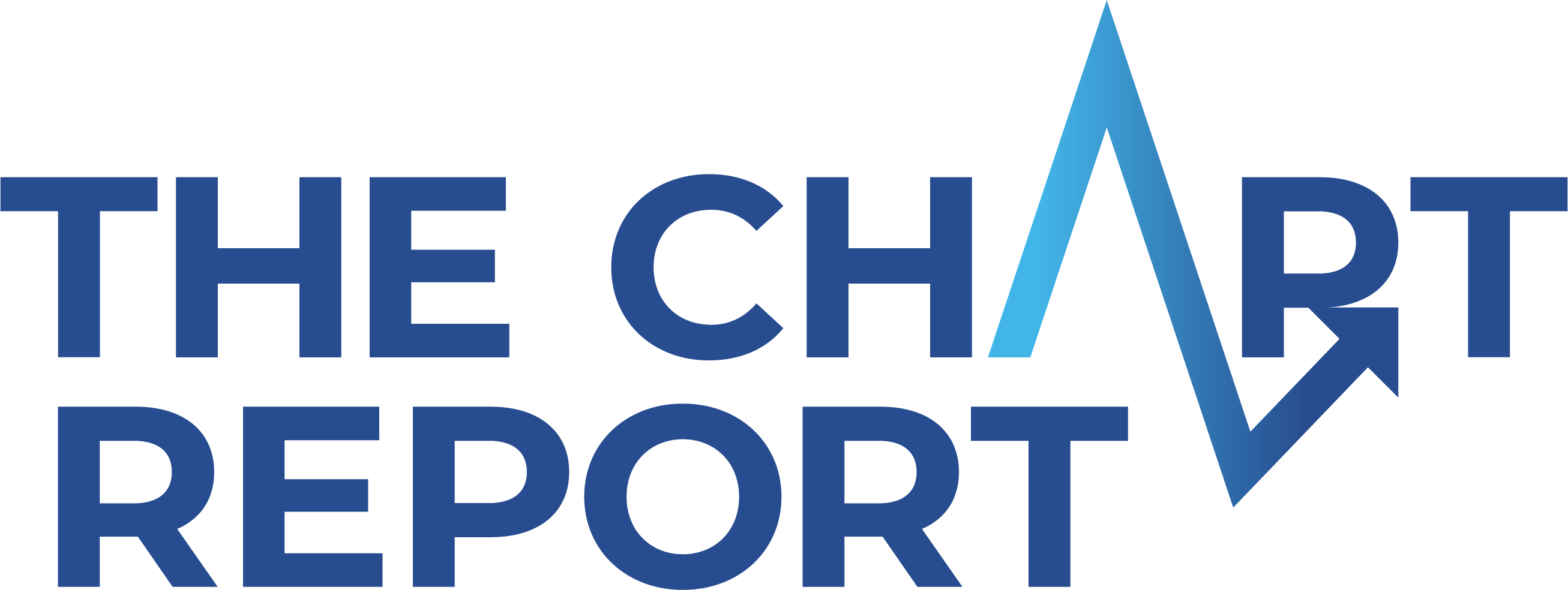For most of the year, volatility, typically monitored via the CBOE Volatility Index ($VIX), has been pretty stable. After reaching a peak of 36 in late December, the index has seen a steady decline back to levels that typically translate to healthy equity markets. However, over the last week or so, we have seen the index move upwards, telling us that we may be due for a wild ride over the short term. After all, that's why it is commonly referred to as the "fear gauge" of the market.
One of the best-known Analysts to speak on this topic is Andrew Thrasher. If you follow Andrew on Twitter, his blog, or his premium content, you know he is one of the most knowledgable students of market volatility. He won the Charles H. Dow award from the CMT Association in 2017 based on his work in this arena. (If you're interested in reading his paper, you can download it here.)
Back in late April, Andrew warned that we had "entered a heightened risk environment for volatility". To add to this notion, he points to positioning in the media and notes that things have become almost too bearish in regards to the $VIX, mentioning that Bloomberg recently ran a story titled, It’s a ‘Golden Age’ for Short-Volatility Trades. From a sentiment standpoint, these are not the types of headlines you want to see if you are wagering on the $VIX staying at subdued levels.
He also wrote a guest piece on Josh Brown's blog 'The Reformed Broker', titled "Is a Volatility Tsunami Imminent?", in which he lays out a possible scenario for a "cooling off" period in stocks.
Until recently, the $VIX had been held under its 50-day Moving Average for most of 2019:
And in regards to specific levels to keep an eye on, for a couple weeks now, he has mentioned that the 16.50 area is where we need to be paying close attention to:
According to Andrew, yesterday's spike in Volatility didn't quite confirm that another move higher is coming, but with today's action in stocks, we could be seeing signs that this is indeed the case:
However, what is most interesting, and a more unique development than a simple "spike" in the index, is that the $VIX curve has actually inverted, again.
Here's a brief explanation from Luke Kawa on the topic:
"Typically, the $VIX futures curve is upward-sloping (in so-called contango) because the outlook for U.S. equities is more uncertain over the long run than the short run. When the curve is downward-sloping (in backwardation), it shows investors are acutely concerned with the near-term risks to U.S. equities."
The same situation happened on August 21, 2015, February 2, 2018, and October 10, 2o18. After each of these occurrences, we saw stocks fall quite dramatically.
So, what should be our takeaway from this? I reached out to Andrew to get a deeper insight and this is what he had to say:
"Sometimes the inversion marks a peak in fear (or near it) as traders price up the front month contracts, which normally trade at a discount to further dated contracts out of expectation that volatility will continue to rise in the immediate future. But this isn't always the case as we saw in February of 2018 when the curve inverted just before the massive move higher in volatility that led to the demise of the XIV ETN. Over the last few weeks volatility had become extremely compressed, which is what I wrote about on my guest post for Josh Brown's site and extensively in my letters to Thrasher Analytics subscribers. That was one, of many, warning signs that the market had become overly complacent. Of course I didn't know what would light the match that would move volatility higher, that ended up being Trump's tweet over the weekend about Chinese tariffs, but the cause is much less important compared to the market environment that we had been in coming into this week."
While no one knows whether the recent move in the $VIX is simply a peak in fear or if it's the beginning of something much larger, the short-term outlook on the market has certainly become more cautious over the last couple of trading sessions. It would be prudent to keep an eye on the levels mentioned above and to monitor the index for continued strength as this would likely occur in an environment where Equities are moving significantly lower.


